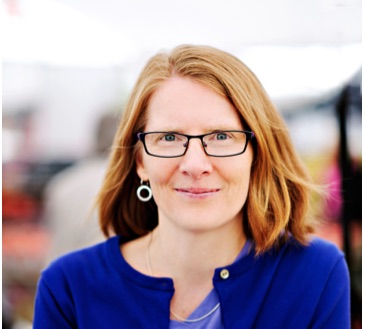Food systems policy must now champion agency and sustainability, according to United Nations research launched today.
This evolution in food policy supports local decision-making about all aspects of food, from what is grown and farmed to what is consumed. And sustainability ensures access to food in the future.
The move comes from the High Level Panel of Experts on Food Security and Nutrition, which conducts research and analysis for the United Nations Committee on World Food Security.
The full report: “Food security and nutrition: building a global narrative towards 2030” can be downloaded here. And the summary is here.
Known as pillars or dimensions of food security, agency and sustainability should join the four existing standards of stability, availability, access and utilization, when designing food systems policy.
In presenting the report via an international Zoom conference yesterday, Jennifer Clapp, the drafting team leader, explained, that this move would support the radical transformation needed in the United Nations’ bid to end all hunger by 2030.
Rice-fish-duck exemplifies sustainability and agency
“Business as usual will not get us there,” she said. “Agency grounds us in the right to food – to make our own decisions about what we eat and to engage in how food is produced…
“Sustainability is about the log-term availability of food for future generations.”
Ms Clapp explained food policy had developed since the 1970s when the focus was on urgent availability and stability, toward becoming less agriculture focussed and more about functional relationships across systems.
Functional food systems needed to be connected across a range of government departments including Trade, Finance, Health, Education and Energy, rather than simply sitting with Agriculture.
In launching the report, HLPE’s steering committee chair Martin Cole emphasised the increasing danger of people starving in a world of plenty. He added, the impact of Covid-19 on food security might be bigger than the pandemic itself.
In illustrating sustainable practices, which include agency, the report highlights the Rice-Fish-Duck circular agro-ecosystem practised by the Dong people of Southwest Guizhou for thousands of years.
Fish and ducks, stocked in rice paddy fields, provide biological control by eating weeds and pests, fertilise the pond with their droppings and aerate the soil. The rice stalks provide shade, food and shelter for fish and ducks. More than 100 species co-exist in the ponds, including more than 40 varieties of glutinous rice, multiple types of fish and duck breeds, as well a variety of plants.
The system saves land resources by tripling the types of production in the rice pond, and is important for food security because it provides rice and protein for subsistence farmers.
This agroecosystem does not rely on chemical pesticide or herbicides, which would be toxic to the fish and ducks. There is a high market demand for products from rice-fish-duck systems because they are considered to be safe and of high quality.
The rice-fish-duck system in Guizhou Province, China, is a designated Globally Important Agricultural Heritage System because it combines a living model of human culture that has co-evolved with the natural environment to provide sustainable use of water and soil resources.























